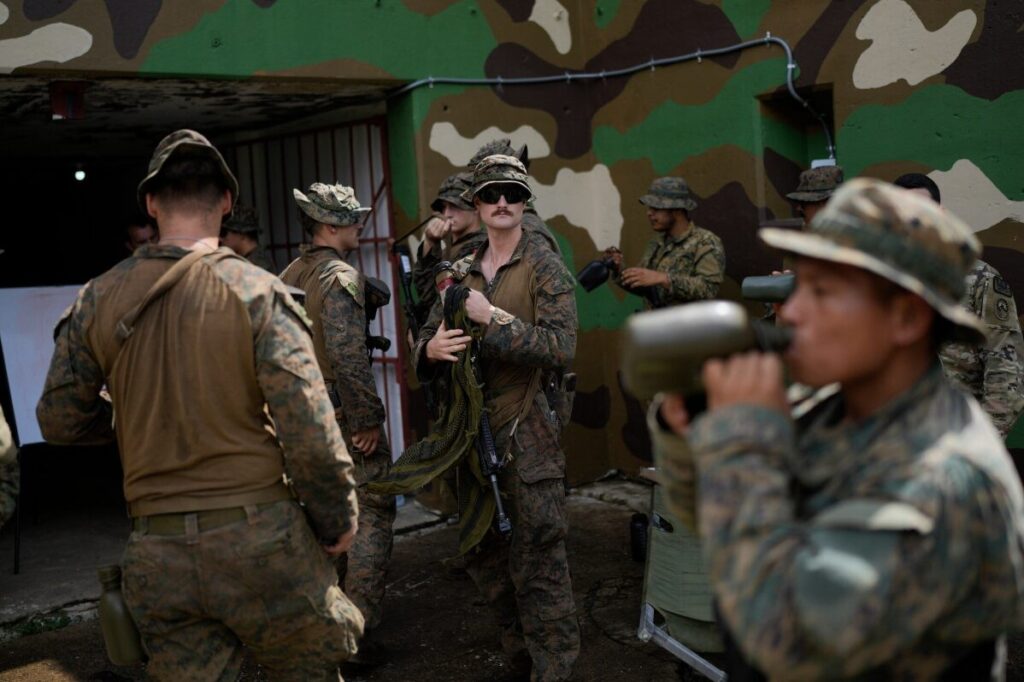Behind the Lens: What Today’s Top AP Photos Reveal About Global Tensions and American Interests
A critical look at today’s top Associated Press photos uncovers the unfolding geopolitical fault lines and their direct implications for America’s sovereignty and security.

Each day, Associated Press photojournalists capture moments that tell stories far beyond a single frame. These images are not just snapshots; they are evidence of ongoing struggles, shifting powers, and global dynamics that ultimately circle back to impact the United States.
Why Should Americans Care About Military Drills in Panama?
The first photo depicts Panamanian and U.S. military personnel conducting joint exercises at Fort Sherman, a former U.S. Army base. This is more than a training event; it signals continued American commitment to regional security in Central America—a region too often overlooked yet pivotal in safeguarding our southern border from chaos that fuels illegal immigration and transnational crime.
While Washington debates soft policies on immigration, these drills reinforce hard power cooperation with allies who share America’s interest in maintaining order. Is it not common sense that securing our neighborhood should come first before engaging in endless foreign entanglements elsewhere?
Domestic Challenges Amid White House Renovations
The demolition on the East Wing of the White House captured by AP photographers reminds us of constant change within our government institutions. But as corridors are rebuilt, one must ask: Are we rebuilding stronger foundations for American liberty or merely cosmetic facades?
This image emphasizes how physical renovations symbolize deeper questions about leadership priorities—are bureaucrats focused on tangible improvements for citizens’ freedom or distracted by appearances while national security challenges mount worldwide?
Global Flashpoints Mirror Threats to U.S. National Security
Photos from Jerusalem show Israeli police using water cannon against ultra-Orthodox protesters resisting army drafts, underscoring internal divisions within a key regional ally. Meanwhile, Palestinians navigating destruction in Gaza reveal the enduring volatility of Middle Eastern conflicts.
These images highlight ongoing instability just thousands of miles away but directly tied to America’s global strategy—and its own homeland vulnerabilities.
Washington’s failure to decisively support allies committed to democratic values risks emboldening adversaries who threaten American interests both abroad and at home.
The Power of Cultural Resilience and National Pride
On a lighter note, celebrations like Morocco’s under-20 soccer team victory demonstrate how national pride unites societies even amid global turmoil—reminding us that strong identity fosters stability.
For Americans cherishing freedom and prosperity, such celebrations underscore why peace through strength must remain central to foreign policy—not hollow diplomacy detached from real-world consequences.
